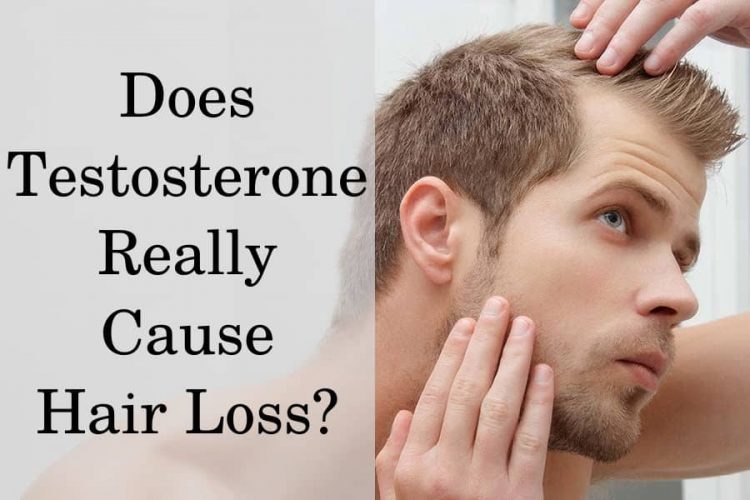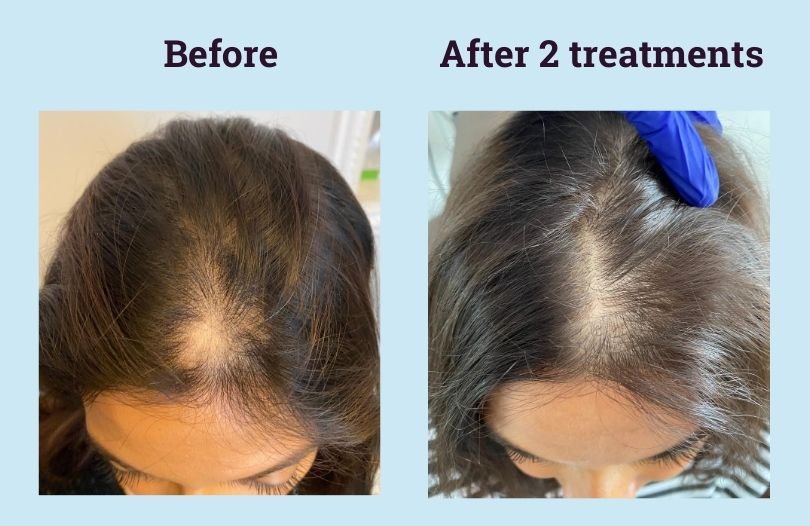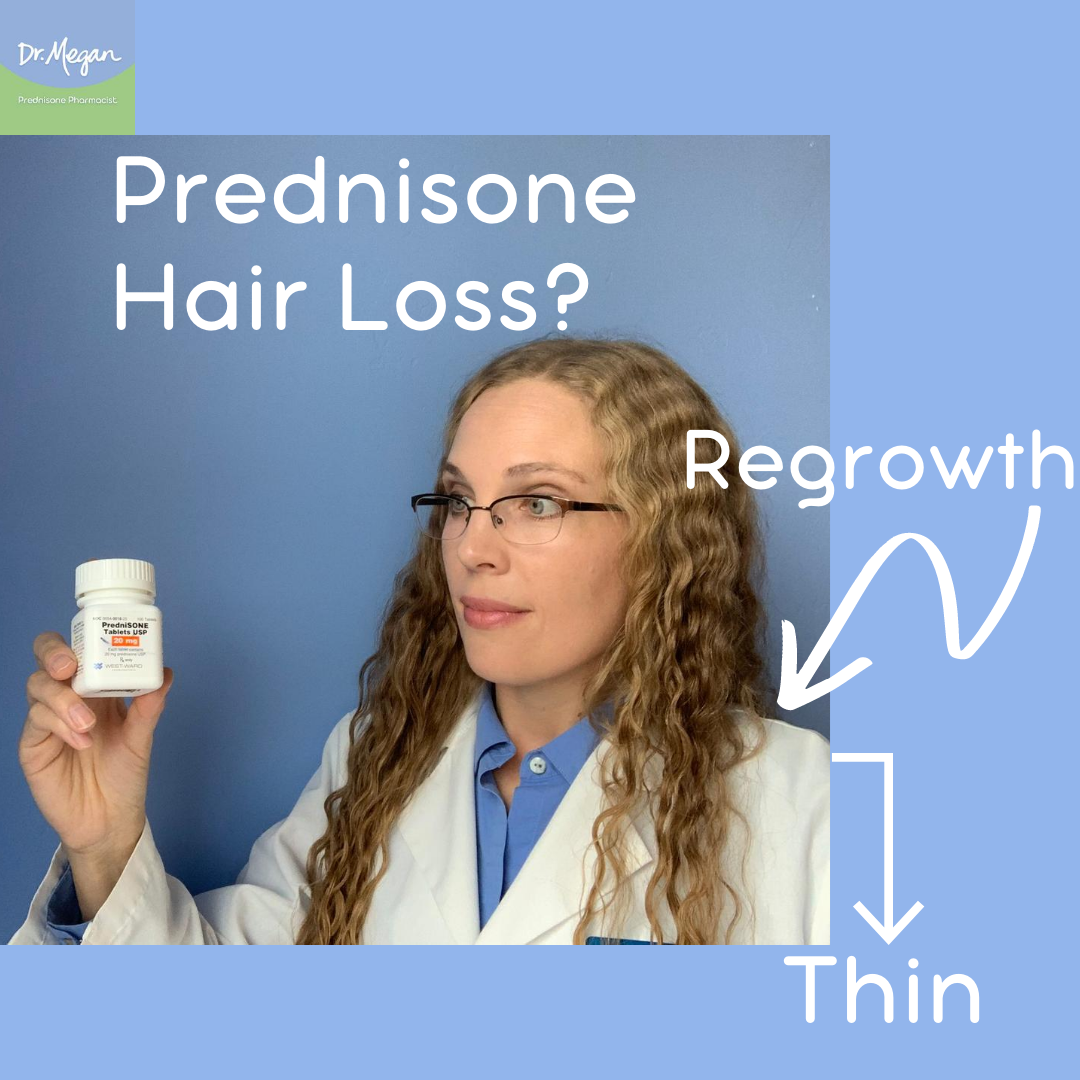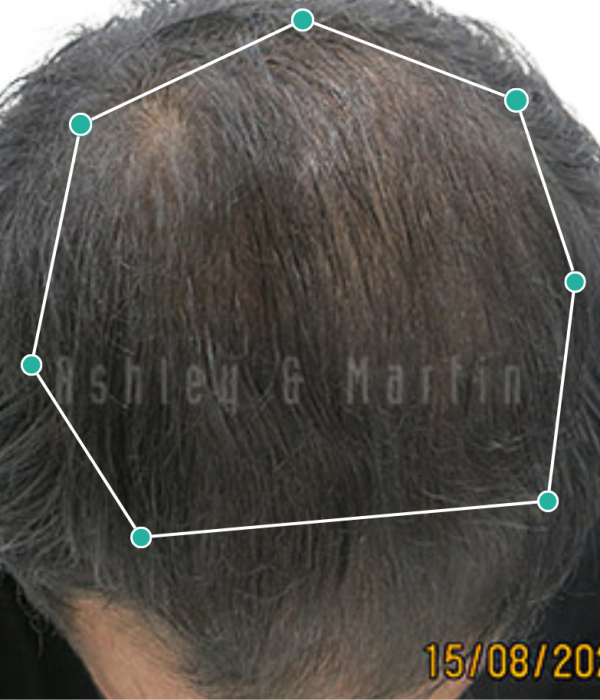How To Stop Hair Loss After Steroid Cycle
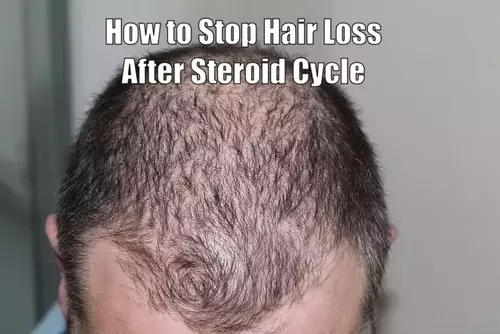
Imagine running your fingers through your hair, a ritual of self-care, only to find more strands than usual clinging to your fingertips. A knot of anxiety tightens in your stomach. The mirror reflects not just your image, but also a growing worry about what might be happening on top of your head. For many who have experienced the power and potential drawbacks of anabolic steroids, this scenario is all too familiar.
Hair loss following a steroid cycle can be a distressing side effect, but it's not necessarily a life sentence for your hairline. This article explores effective strategies and evidence-based approaches to mitigate and, in some cases, reverse this unwelcome consequence, offering hope and practical solutions for preserving your precious locks.
Understanding the Connection: Steroids and Hair Loss
Anabolic steroids, often used to enhance muscle growth and athletic performance, can disrupt the body's hormonal balance. Specifically, they can increase levels of dihydrotestosterone (DHT), a hormone known to play a significant role in androgenetic alopecia, also known as male or female pattern baldness. The increased DHT binds to hair follicles, causing them to shrink and eventually stop producing hair.
It's crucial to understand that not everyone who uses steroids will experience hair loss. Genetic predisposition plays a vital role. If you have a family history of baldness, you're more likely to be susceptible to steroid-induced hair loss.
The type of steroid used and the dosage also influence the likelihood and severity of hair loss. Some steroids are more androgenic than others, meaning they have a higher propensity to convert to DHT. The longer the cycle and the higher the dosage, the greater the potential for hair follicle damage.
The Role of DHT: A Deeper Dive
DHT's impact on hair follicles is not immediate. It's a gradual process where the follicles miniaturize over time, producing thinner and shorter hairs until they eventually cease production altogether. This is why hair loss may not be immediately apparent during a steroid cycle but often becomes more noticeable in the weeks and months following.
Controlling DHT levels is, therefore, a key strategy in combating hair loss. Several medications and natural remedies target this hormone, aiming to reduce its production or prevent it from binding to hair follicles.
Proven Strategies to Combat Hair Loss
Several evidence-based approaches can help mitigate hair loss after a steroid cycle. Combining these strategies often yields the best results.
1. Finasteride and Dutasteride: DHT Blockers
Finasteride and Dutasteride are prescription medications that inhibit the enzyme 5-alpha reductase, which converts testosterone into DHT. Finasteride primarily targets type II 5-alpha reductase, while Dutasteride inhibits both type I and type II, potentially making it more effective, but also potentially increasing the risk of side effects.
These medications are highly effective in reducing DHT levels and can often slow down or even reverse hair loss. However, they can also have potential side effects, including decreased libido and erectile dysfunction. It's crucial to discuss these risks with a doctor before starting treatment.
2. Minoxidil: Topical Hair Growth Stimulant
Minoxidil, available over-the-counter as a topical solution, works by widening blood vessels in the scalp, improving blood flow to hair follicles and stimulating hair growth. While the exact mechanism is not fully understood, Minoxidil has been proven effective in promoting hair regrowth and thickening existing hair.
Unlike Finasteride and Dutasteride, Minoxidil doesn't directly target DHT. It works independently to stimulate hair follicles. Common side effects include scalp irritation and temporary shedding.
3. Ketoconazole Shampoo: Anti-inflammatory and Anti-androgen
Ketoconazole shampoo, primarily used to treat fungal infections, also possesses anti-inflammatory and anti-androgen properties. It can help reduce scalp inflammation and may slightly lower DHT levels in the scalp, contributing to hair health.
Using Ketoconazole shampoo a few times a week can be a beneficial addition to a comprehensive hair loss treatment plan.
4. Natural Remedies: Saw Palmetto and Pumpkin Seed Oil
Some natural remedies, such as Saw Palmetto and Pumpkin Seed Oil, have been shown to have mild DHT-inhibiting properties. Saw Palmetto is often taken orally, while Pumpkin Seed Oil can be taken orally or applied topically.
While these remedies are generally considered safe, their effectiveness is less established compared to prescription medications. They may be a suitable option for individuals seeking a more natural approach or those experiencing mild hair loss.
5. Microneedling: Stimulating Hair Follicles
Microneedling involves using a device with tiny needles to create micro-injuries on the scalp. This process stimulates the body's natural healing response, which can promote collagen production and improve blood flow to hair follicles.
Studies have shown that microneedling can enhance the effectiveness of Minoxidil and stimulate hair growth on its own. It should be performed with caution and proper hygiene to avoid infection.
6. Lifestyle Factors: Nutrition and Stress Management
Maintaining a healthy lifestyle is crucial for overall hair health. A balanced diet rich in vitamins, minerals, and protein provides the building blocks for strong, healthy hair. Managing stress levels is also important, as chronic stress can contribute to hair loss.
Ensure you are getting enough iron, zinc, biotin, and vitamin D. Consider incorporating stress-reducing activities like yoga, meditation, or spending time in nature.
Prevention is Key: Minimizing Risk During Steroid Cycles
While addressing hair loss after a steroid cycle is important, preventing it in the first place is even better. Strategies to minimize hair loss during a cycle include choosing steroids with lower androgenic activity, using lower dosages, and shortening cycle lengths.
Consider incorporating Finasteride or Dutasteride into your cycle to proactively block DHT. However, it's crucial to consult with a medical professional before using these medications.
Regular monitoring of hormone levels can also help identify potential issues early on. Working with a knowledgeable healthcare provider is essential for safe and responsible steroid use.
Seeking Professional Guidance
If you're experiencing hair loss after a steroid cycle, it's crucial to consult with a dermatologist or a hair loss specialist. They can assess the extent of your hair loss, identify the underlying causes, and recommend the most appropriate treatment plan for your individual needs.
Self-treating can be risky and may lead to further complications. A professional can provide personalized advice and monitor your progress to ensure you're on the right track.
A Note on Expectations and Patience
Hair loss treatment often requires patience and persistence. It can take several months to see noticeable results. Don't get discouraged if you don't see immediate improvement.
Consistency is key. Stick to your treatment plan and follow your doctor's recommendations diligently. Remember that hair regrowth is a marathon, not a sprint.
Conclusion: A Future with Fuller Hair
Experiencing hair loss after a steroid cycle can be a challenging experience, but it's not a hopeless situation. With the right knowledge, strategies, and professional guidance, you can take control of your hair health and potentially restore your hairline.
By understanding the connection between steroids and hair loss, implementing proven treatments, and adopting a healthy lifestyle, you can embark on a journey towards a future with fuller, healthier hair. Remember to consult with qualified professionals for personalized advice and support.
The information provided in this article is intended for general knowledge and informational purposes only, and does not constitute medical advice. It is essential to consult with a qualified healthcare professional for any health concerns or before making any decisions related to your health or treatment.








